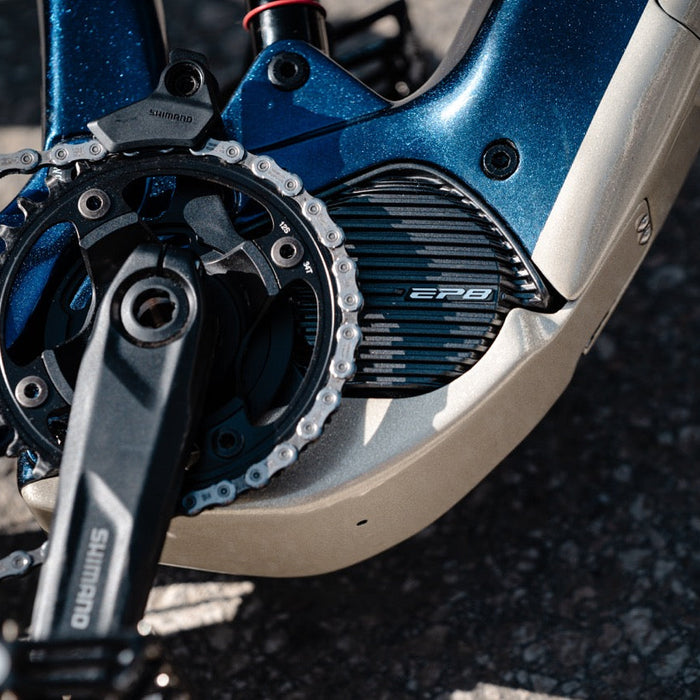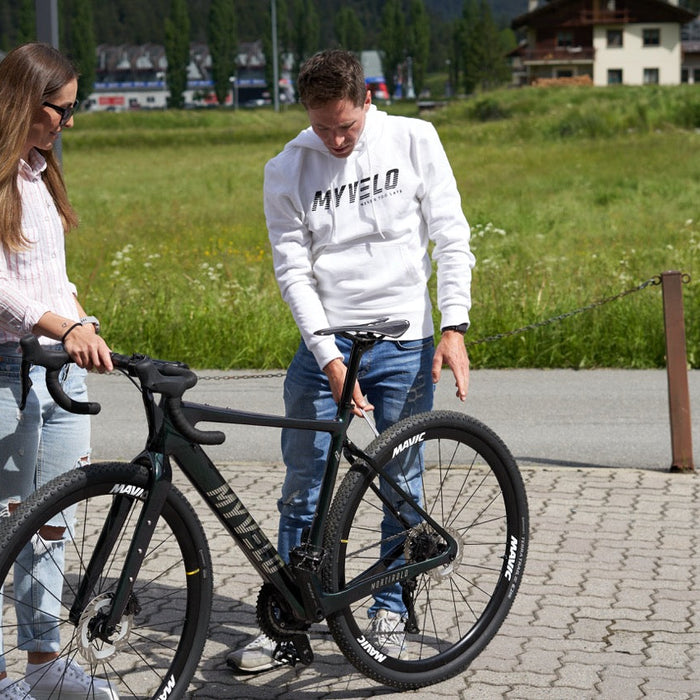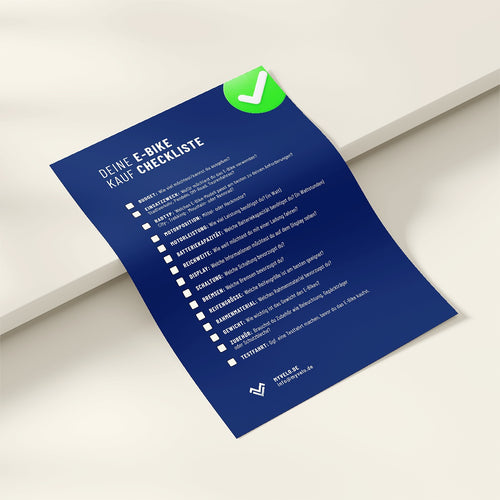What is the top tube?
The top tube is a central component of the bicycle frame, also known as the "top tube". It connects the head tube, which houses the fork and handlebars, to the seat tube, which the saddle is attached to. The top tube is an important part of the frame structure because it affects the stiffness and stability of the bicycle.
The shape and length of the top tube can vary depending on the type of bike and frame geometry. Road bikes are usually equipped with a longer and flatter top tube to enable an aerodynamic and sporty riding position. Mountain bikes , on the other hand, usually have a shorter and slightly sloping top tube to offer more freedom of movement and control when riding off-road.
On some bicycle models, particularly women's or city bikes , the top tube may also be set lower or lowered to allow a lower step-in. This makes it easier to get on and off the bike, especially for people with reduced mobility or when using clothing that makes it difficult to lift their legs.
Why is the correct length of the top tube important?
Top tube length is an important factor in the fit, comfort and handling of a bike. An appropriate top tube length contributes to an optimal riding position, which is crucial for several aspects of cycling:
-
Riding comfort : A suitable top tube length allows the rider to adopt a relaxed and ergonomic posture. If the top tube is too long, the rider will have to lean too far forward and stretch the arms more, which can lead to fatigue and discomfort in the neck, shoulders and wrists. On the other hand, if the top tube is too short, it will result in a riding position that is too upright and constricted, which can increase pressure on the buttocks and impair breathing.
-
Control and Handling : The length of the top tube affects the stability and steering of the bike. A shorter top tube generally results in more agile and easier to control steering, while a longer top tube provides more stable and straight-line steering. An appropriate top tube length allows the rider to effectively control and maneuver the bike without losing control.
-
Power transfer and efficiency : A correct riding position, supported by an appropriate top tube length, allows the rider to transfer pedal power more effectively to the pedals and thus achieve more efficient propulsion. An inappropriate top tube length can result in the rider not achieving optimal power transfer and cadence, which can negatively affect performance and speed.





